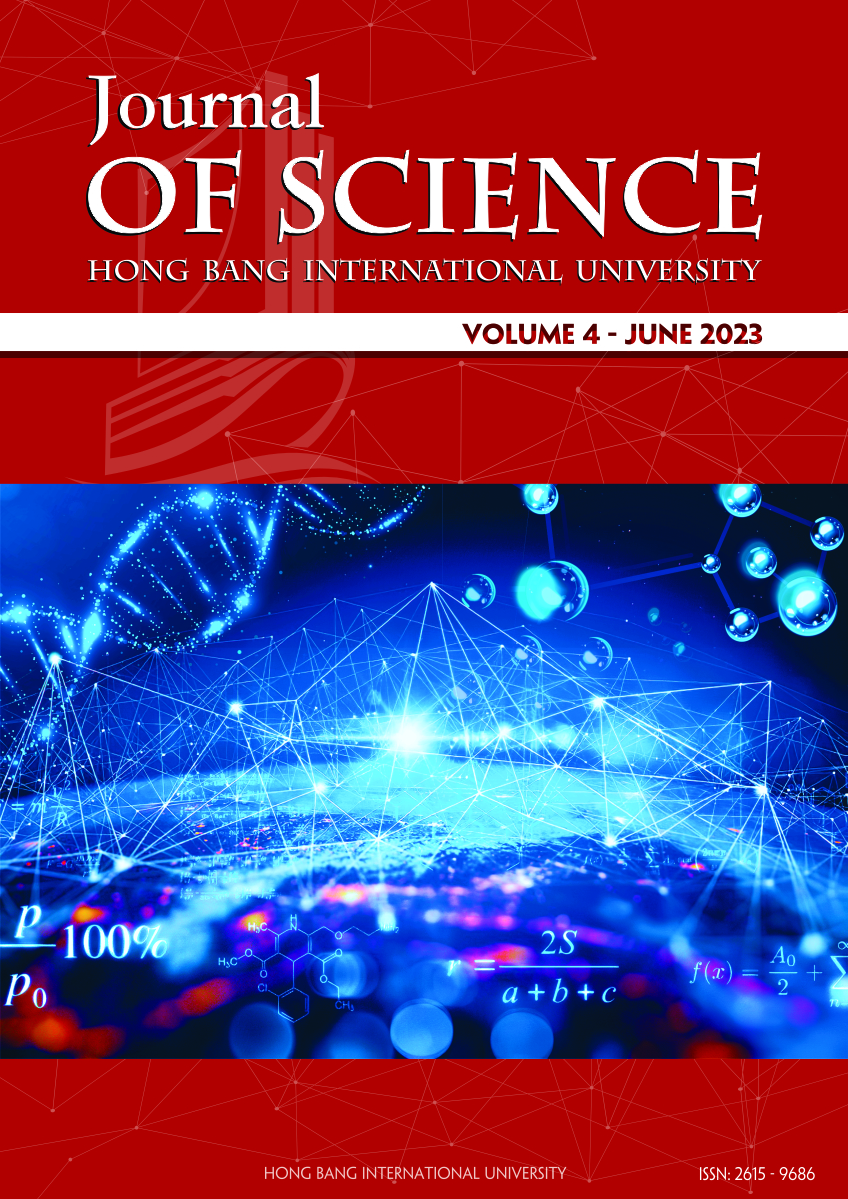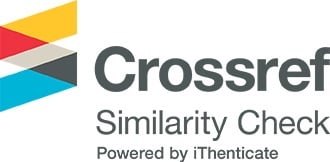Factors affecting language acquisition in the digital switch
Các tác giả
DOI: https://doi.org/10.59294/HIUJS.VOL.4.2023.387Từ khóa:
motivations, second language acquisition, affectTóm tắt
These aspects motivational and affective effects of language learning have largely been neglected by researchers despite having a monumental influence on the acquisition of language. For this paper, I would like to address the roles of motivation and affective effects on second language acquisition by addressing the following questions: 1) What are the roles of motivation and affective effects in language acquisition? 2) What are the triggers of these effects and how they affect students learning process? 3) What can teachers do to raise or alleviate these effects for the betterment of language learning? For the first question, this paper will explore the role of motivation in language acquisition by using citations from Celce-Murcia, Brinton, & Snow (2014), Meniado (2019), Dörnyei, Z. (1990), etc. To answer the second question, the paper will discuss the prompts and input for various affective effects and their influence on students through Garrett & Young (2009). The effects on language would also be discussed using study by Pavlenko & Dewaele (2004), Dewaele (2005), Tran, Thu H. (2013) etc. For the final question, the paper will provide suggestions and approaches to address the motivational and affective elements of language acquisition from Celce-Murcia, Brinton, & Snow (2014) as well as tasks and strategies to raise motivation from both teachers and students Dörnyei (2003).
Abstract
These aspects motivational and affective effects of language learning have largely been neglected by researchers despite having a monumental influence on the acquisition of language. For this paper, I would like to address the roles of motivation and affective effects on second language acquisition by addressing the following questions: 1) What are the roles of motivation and affective effects in language acquisition? 2) What are the triggers of these effects and how they affect students learning process? 3) What can teachers do to raise or alleviate these effects for the betterment of language learning? For the first question, this paper will explore the role of motivation in language acquisition by using citations from Celce-Murcia, Brinton, & Snow (2014), Meniado (2019), Dörnyei, Z. (1990), etc. To answer the second question, the paper will discuss the prompts and input for various affective effects and their influence on students through Garrett & Young (2009). The effects on language would also be discussed using study by Pavlenko & Dewaele (2004), Dewaele (2005), Tran, Thu H. (2013) etc. For the final question, the paper will provide suggestions and approaches to address the motivational and affective elements of language acquisition from Celce-Murcia, Brinton, & Snow (2014) as well as tasks and strategies to raise motivation from both teachers and students Dörnyei (2003).
Tài liệu tham khảo
[1] Kramsch, C., “Metaphor and the subjective construction of beliefs. In P. Kalaja & A. M. Ferreira (Eds.)”, Beliefs about SLA: New research approaches (pp. 109–127), 2003. Boston: Kluwer.
DOI: https://doi.org/10.1007/978-1-4020-4751-0_5[2] Garrett, P., & Young, R. F., “Theorizing Affect in Foreign Language Learning: An Analysis of One Learner's Responses to a Communicative Portuguese Course”, The Modern Language Journal, 93(2), 209-226, 2009.
DOI: https://doi.org/10.1111/j.1540-4781.2009.00857.x[3] Tran, Thu H., The Art of Instituting and Maintaining Learners' Motivation. Online Submission, Paper presented at the MIDTESOL Conference (Lawrence, Kansas. Oct-11-12, 2013).
[4] Williams, M. & Burden, L. R., Psychology for language teachers: a social constructive approach. Cambridge, UK: Cambridge University Press, 1997.
[5] Celce-Murcia, M., Brinton, D. M., & Snow, M. A., Teaching English as a second or foreign language. Boston: Heinle Cengage Learning, 2014.
[6] Pavlenko, A., & Dewaele, J.-M. (Eds.), “Languages and emotions: A crosslinguistic perspective, Journal of Multilingual and Multicultural Development, 25, 2–3, 2004.
DOI: https://doi.org/10.1080/01434630408666522[7] Dörnyei, Z., Analysis of Motivation Components in Foreign Language Learning, 1990. Retrieved from: https://eric.ed.gov/?id=ED323810.
DOI: https://doi.org/10.1037/t71624-000[8] Dörnyei, Z., The Psychology of the Language Learner: Individual Differences in Second Language Acquisition, Mahwah, New Jersey: Lawrence Erlbaum Associates, Inc, 2005.
[9] Zareian, G, & Jodaei, H., Motivation in Second Language Acquisition: A State-of-the-Art Article, 2015. Retrieved from: https://eric.ed.gov/?id=ED585770
[10] Dörnyei, Z., Motivational strategies in the language classroom. Cambridge, UK: Cambridge University Press, 2001.
DOI: https://doi.org/10.1017/CBO9780511667343[11] Setiyadi, Ag. Bambang; M.; Wicaksono, B. A., “Exploring Motivational Orientations of English as Foreign Language (EFL) Learners: A Case Study in Indonesia”, South-African Journal of Education, 39(1). Article 1500, 2019.
DOI: https://doi.org/10.15700/saje.v39n1a1500[12] Pawlak, M., “The Dynamic Nature of Motivation in Language Learning: A Classroom Perspective””, Studies in Second Language Learning and Teaching, 2(2) p249-278, 2012.
DOI: https://doi.org/10.14746/ssllt.2012.2.2.7Tải xuống
Tải xuống: 147











